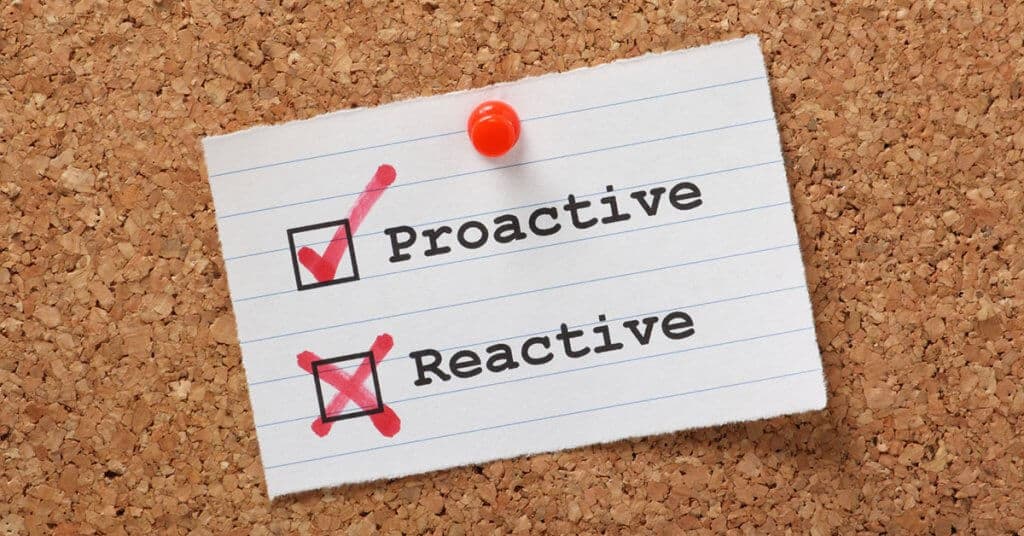On any given day, it’s possible to see warnings from the U.S. Department of Homeland Security regarding potential threats to our safety. Though it may seem like an unlikely risk, it is also a large one, as you can’t predict what impact terrorism could have on your company. In addition, criminal activity and natural disasters are a danger that can strike at any time. To prepare for the unexpected, you should review your security and disaster readiness plans to help you minimize the impact of any potentially threatening situation.
Without prior planning, you leave your company open to financial disaster, especially if you are forced to close operations for any length of time. In addition, without a proper plan to cope with a disaster situation, your company may face lawsuits from clients, vendors or employees claiming negligence.
Facility Security
It is important to take action before a disaster to assess your facility security and make improvements, if necessary. Though not all security threats can be avoided, some situations can be prevented with appropriate preparation:
- Advise management and employees to report any suspicious persons or activity in or around the facility.
- Establish and follow visitor control procedures such as mandatory sign-ins, name badges, escorts and orientation.
- Survey locks, fences, exterior lights and other physical security devices to ensure that they are in place where needed and in proper operating condition. Establish a monthly inspection of your security perimeter and key protective features of your facility.
- Pay special attention to areas where you are storing explosive, flammable or toxic chemicals. These areas should be properly secured and inventoried, with limited hands-on contact of these materials when possible.
- Evaluate critical locations in your facility for proper security, including the electric, telephone and gas units, building entrances, transformers, outside storage units and computer rooms.
- If your facility has a security or fire alarm system, be sure it is operating properly and that key personnel know how to arm and disarm it.
- Make sure that fire suppression systems are regularly inspected and maintained. Also, be sure that a sufficient number of trusted personnel know how to activate, operate and shut them down.
- Closed circuit television (CCTV) can serve as an excellent crime deterrent that can help solve crimes when equipped with a recorder.
- Review your procedures for issuing facility keys and access cards. At a minimum, keep lists of who has been issued keys and access cards and have a procedure for handling a situation when an employee is terminated without returning them.
- Discuss security with your local police department. Police departments are often very willing to provide information and support to businesses and industries.
- Have your local fire department conduct a pre-planned visit to your building. While there, they can identify potential hazards and plan fire suppression priorities.
Disaster Response
A disaster can happen at any time, use these tips to protect your business, employees and customers:
- Be sure to discuss terrorism and applicable natural disaster coverage with your Ollis/Akers/Arney Insurance & Business Advisors representative.
- Keep copies of insurance policies and other critical documents in a safe and accessible location (such as a fireproof safe).
- Evaluate which disasters are most likely to occur in your area, and remember to include the possibility for terrorist activity. Be sure you are prepared for all of the risks you identify.
- Develop a disaster recovery or business continuity Plan. If you already have one make sure that it is up to date. This entails preparing for anything that disrupts your business operations and planning for a backup option. You may consider identifying backups for essential operations, supply chains, personnel, business functions, data processes and communication channels.
- Review your policy for off-site backup of EDP records. Ideally, these records should be backed up and transmitted or sent off-site on a daily basis.
- Have telephone call lists available (include cell phone and pager numbers) for all key personnel so required staff members can be contacted during non-working hours from any location. Review procedures for notifying employees that your facility is closed. Remind employees that they should never attempt to enter areas that are closed by police or other emergency responders.
- Consider establishing an alternate method for your phone service if the switchboard becomes unusable (e.g. forwarding incoming calls to a cell phone or remote number).
- Check available emergency supplies such as flashlights, batteries, emergency generators or fuel, patching materials such as plastic sheeting, wood 2x4s, duct tape, spare fire extinguishers, and first aid kits. If you anticipate that any personnel would stay at the facility during or following an emergency, consider stockpiling food and water for their use.
This Risk Insights is not intended to be exhaustive nor should any discussion or opinions be construed as legal advice. Readers should contact legal counsel or an insurance professional for appropriate advice. © 2007-2010 Zywave, Inc. All rights reserved.


